California Gold
CaGold
18 years ago
Related Stories

GARDENING GUIDESGreat Design Plant: Purple Needle Grass, California’s State Grass
The long-lived, drought-tolerant Stipa pulchra is as admired for its benefits as for its good looks
Full Story
Design Tips From the Countess of California Cool
Betsy Burnham on When to Go Bold, Best Paint Colors, Mixing Patterns and More
Full Story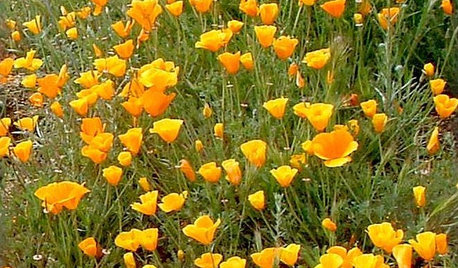
GARDENING GUIDESGreat Design Plant: California Poppy
Fall planting: California's state flower offers a glorious spring show and spreads readily in gardens under the right conditions
Full Story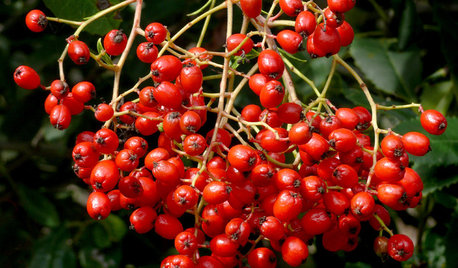
GARDENING GUIDESCalifornia Gardener's December Checklist
Let California's version of holly brighten the winter landscape — or consider another holiday performer from the whole host of choices
Full Story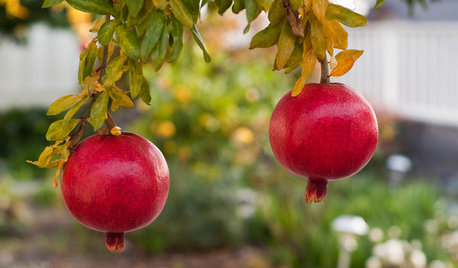
GARDENING GUIDESNorthern California Gardener's October Checklist
It's still a great time to plant flowers, vegetables and even bulbs in California gardens this month, thanks to predictably mild weather
Full Story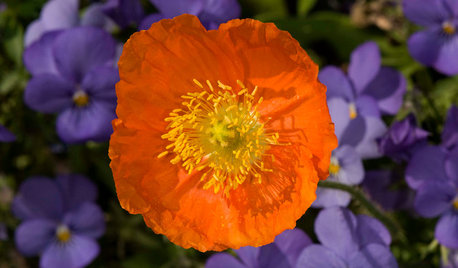
FALL GARDENINGCalifornia Gardener's September Checklist
Planting opportunities abound this month: perennials, lawns, wildflowers and more. Our primer covers 'em all
Full Story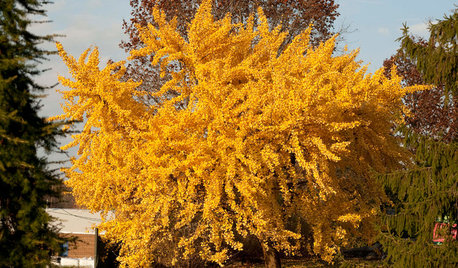
TREESTop 5 Trees for Fall Color in California
Bring a glorious sight to the landscape this autumn with one of these beauties that thrive in mild climates
Full Story
LANDSCAPE DESIGNCalifornia Says Goodbye to the Sprawling Ornamental Lawn
New state rules will effectively limit turfgrass to 25 percent of the landscape in most new and renovated yards
Full Story
CRAFTSMAN DESIGNHouzz Tour: Bridging Past and Present in a California Craftsman
A Santa Monica bungalow says goodbye to gloominess and hello to a bright new look that mixes modern and traditional
Full Story
HOUZZ TOURSHouzz Tour: Bamboo Gardens Inspire a Serene California Home
Organic materials, garden views and clean lines create calm and harmonious interiors for a Pacific Palisades family
Full Story


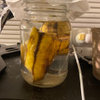

dirt_dew
CaGoldOriginal Author
Related Discussions
Looking for Musa, Cavendish, California gold (will pay)
Q
Source for California Gold?
Q
HAVE: California Gold / Butterfly Wings
Q
What countertops with California Gold slate floors?
Q
tropfruit
joereal
tropfruit
joereal
joereal
CaGoldOriginal Author
Eggo
joereal
yellowseven
joereal
joereal
Eggo
CaGoldOriginal Author
gatrops
momo1
joereal
momo1
df1sp_arrl_net